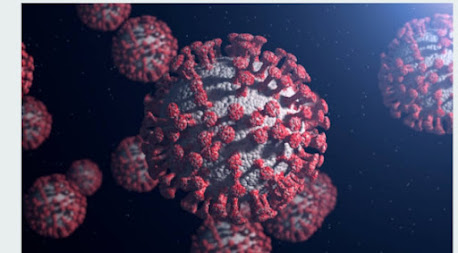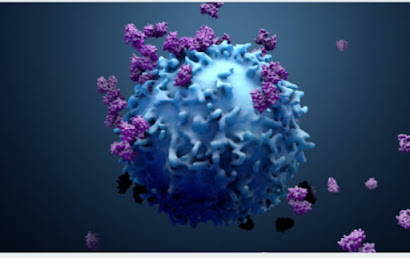COMPARATIVE ANALYSIS OF COVID-19
THE COMPARATIVE
ANALYSIS OF GLOBAL RESPONSE TO COVID-19 BETWEEN THE DEVELOPING AND THE
DEVELOPED COUNTRIES OF THE WORLD.
https://youtu.be/Gq7WbwKCRaI
INTRODUCTION:
Response to the COVID-19 pandemic varied
widely between developing and developed countries because of the differences in
resources, governance, healthcare infrastructure and other factors. Here are
the comparative analysis:
1. VACCINATION
COMPAIGNS: a. Developed countries had more resources to secure and distribute
vaccines quickly. They had high vaccination rates, which contributed to lower
case numbers and fewer severe results. b. Developing countries faced delays in
vaccine distribution and access due to supply chain issues, limited resources
and vaccine nationalism. This led to differences in vaccination rates.
2. ACCESS TO HEALTH CARE INFRASTRUCTURE: a.
Developed countries generally had more healthcare systems with better hospital
equipment, facilities and medical staff. And this allowed for better management
of COVID-19 cases and access to critical care. b. Developing countries many a
time had limited healthcare infrastructure, which affected their ability to
respond effectively to the covid -19 pandemic. This led to challenges in
providing adequate medical care and testing to victims.
3. GLOBAL
COLLABORATION: While it is correct to say that both developing and developed
countries benefited from global scientific collaboration and information
sharing in vaccine development and treatment strategies. Developed countries
led in these collaborations, contributing to the rapid development of vaccines
but developing nations relied on global solidarity for equitable access
4. TESTING AND CONTACT
TRACING: a. Many developing countries faced challenges in scaling up testing
and contact tracing as a result of resource constraints. Limited access to
testing kits and technology hindered their efforts to achieving that aim. b.
While developed countries implemented widespread testing and contact tracing
programs early in the pandemic. They had the resources to test large amount of
their populace, identify cases, and trace contacts effectively.
5. VACCINATIO: Developing nations faced delays
in vaccine distribution, often relying on global initiatives like COVAX, which
struggled to provide equitable access. b. Developed countries typically had
earlier access to vaccines and the financial capacity to secure a sufficient
supply for their people. 6. PUBLIC HEALTH MEASURES: a. Developed countries
enforced strict public health measures like mask mandates, social distancing
and even lockdowns. These measures helped reduce the spread of the virus,
though these also had significant economic and social effects on them. b. Developing
countries often struggled to enforce such measures due to economic
vulnerabilities and informal labour markets, making it challenging for people
to adhere to lockdowns without government support.
6. RESPONSE FROM THE GOVERNMENT: a. In some
developed countries, governments were able to raise significant financial
resources to provide relief to her citizens and businesses during lockdowns. b.
Developing countries faced limitations in their ability to provide extensive
financial support. Informal economies and lack of social safety nets
exacerbated the economic impact of the pandemic on the vulnerable populations
the countries
7. SOCIO-ECONOMIC IMPACT: a. Developed
countries had more resources to implement financial relief measures and support
to the affected individuals and their businesses. But in developing countries
the situation was not the same, with limited capacity, often experienced more
severe economic setbacks, pushing vulnerable populations into poverty.
8. TRUST IN PUBLIC
HEALTH MESSAGING: a. In some developing countries, mistrust in government and
misinformation hindered the efforts to fight the virus more effectively. b.
While in developed countries of the world trust in public health messaging
played a crucial role in the response to covid-19. In some developed countries,
public trust in science and government institutions facilitated compliance with
guidelines to covid-19




Comments
Post a Comment